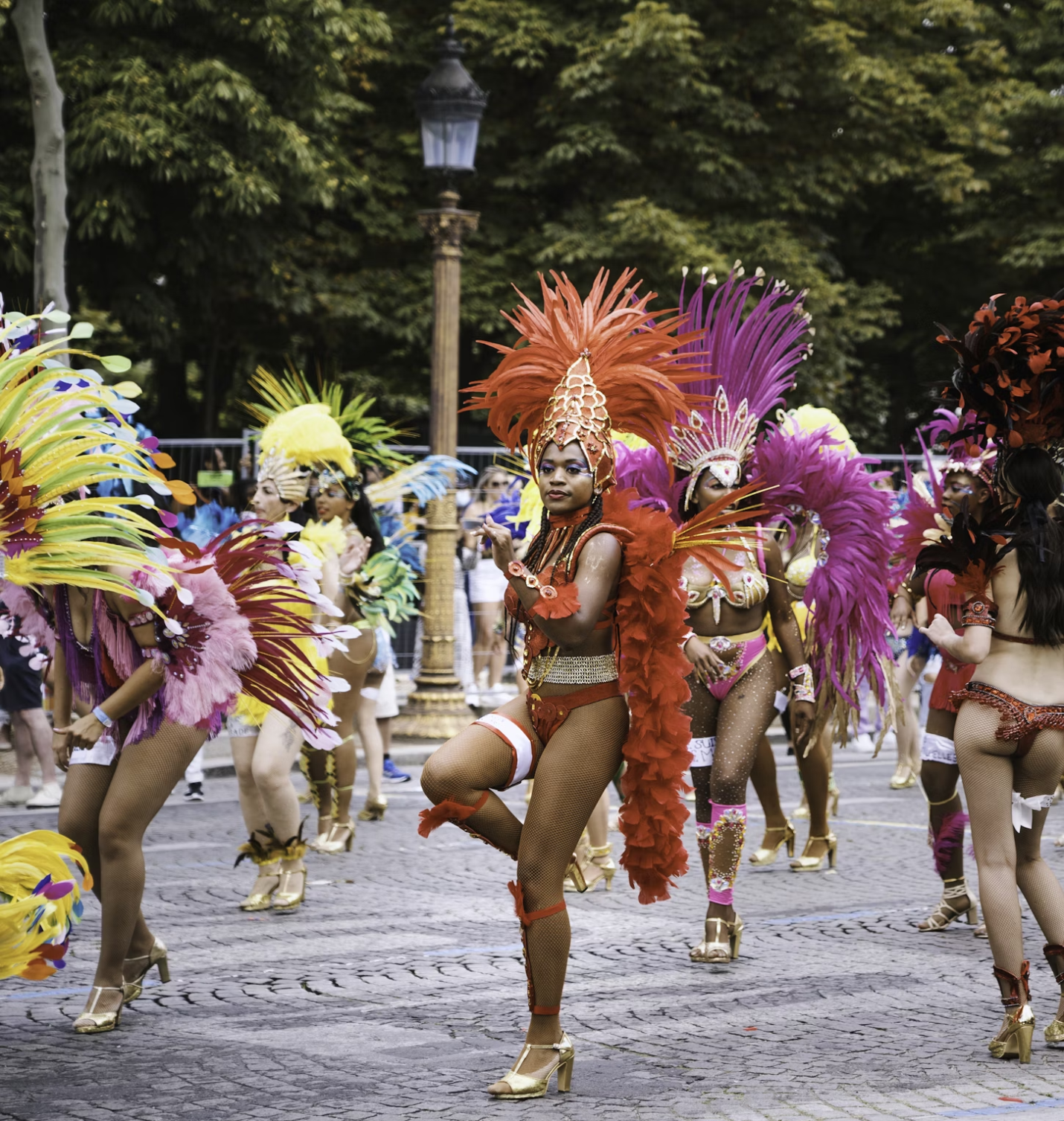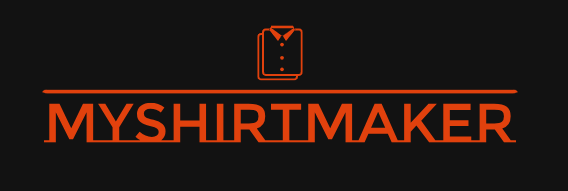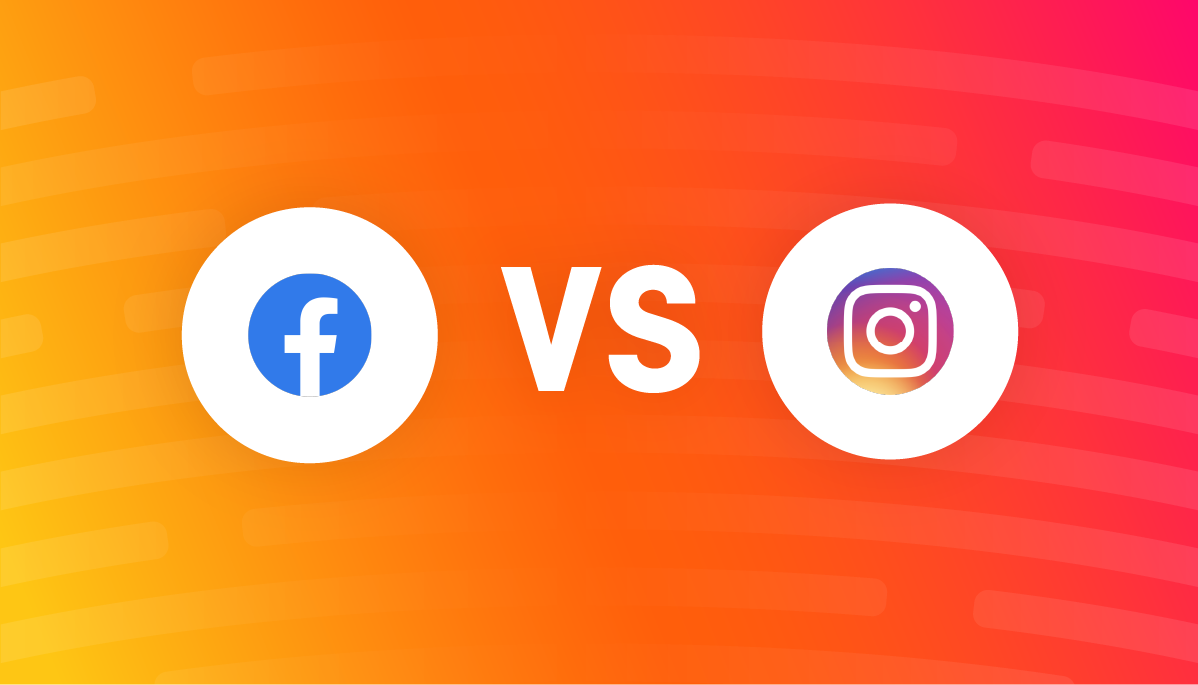Exploring the History and Evolution of Samba Dance Moves

Samba is more than just a dance; it is a vibrant expression of culture, history, and community. Originating in Brazil, Samba has become a symbol of national identity, celebrated worldwide for its energetic rhythms and dynamic movements. To appreciate the full scope of Samba, it’s essential to delve into its history and evolution, tracing its roots from African traditions to its present-day global popularity. By understanding samba dance history, we can delve deeper into the cultural heritage of Brazil and its people’s extraordinary resilience and joie de vivre.
The African Roots of Samba
Samba originated from the African slaves brought to Brazil by Portuguese colonizers. These slaves carried a rich tradition of music and dance from their culture. The rhythms, movements, and communal aspects of African dances laid the groundwork for Samba.
The African influence is clear in Samba’s syncopated rhythms and call-and-response patterns. African dances like the Angolan semba and Congolese rhythms significantly shaped early Samba. These dances were performed during religious ceremonies and social gatherings, helping to preserve cultural identity and foster community solidarity.
Samba’s Evolution in Brazil
As African slaves settled in Brazil, their dances began to blend with Portuguese and indigenous Brazilian traditions. This cultural mix led to early forms of Samba, performed in places like backyards, streets, and public squares.
In the late 19th and early 20th centuries, Samba emerged as a distinct genre in cities like Rio de Janeiro. The dance evolved from its rural roots into a more structured and stylized form, influenced by the lively carnival celebrations. Samba schools, known as “escolas de samba,” began to form, becoming cultural hubs where dancers, musicians, and artists could collaborate and refine their craft.
The Birth of Samba Music
Samba’s evolution as a dance was closely tied to the development of Samba music. In the early 20th century, Samba became a popular music genre known for its infectious rhythms and lively melodies. Composers like Ernesto dos Santos (Donga) and Heitor Villa-Lobos were key in popularizing Samba.
One of the first recorded Samba songs, “Pelo Telefone” (1917), was a major milestone. Its upbeat tempo and catchy lyrics captured the essence of Samba and helped make it a mainstream musical style. The popularity of Samba music allowed the dance to thrive, drawing people to dance halls and clubs to enjoy its energetic rhythms.
The Evolution of Samba Dance Moves

Samba dance moves have evolved significantly, showing the genre’s dynamic nature. Early Samba had simple, repetitive steps and syncopated rhythms, performed in a loose, improvisational style.
As Samba grew in popularity and entered formal settings, the dance became more structured and stylized. Samba schools and professional dance instructors introduced standardized steps and techniques, which are now taught in dance studios worldwide.
Samba no Pé
One of the most iconic forms of Samba is Samba no Pé, a solo dance performed by both men and women. It features fast footwork, rhythmic hip movements, and graceful arm gestures. This dance requires coordination, agility, and stamina, showcasing true skill and artistry.
Samba no Pé is often performed during carnival parades, with dancers wearing elaborate costumes and moving to the beats of Samba music. Its lively and exuberant nature captures the spirit of celebration and community that defines Samba.
Samba de Gafieira
Samba de Gafieira is a partner dance that started in the dance halls of Rio de Janeiro in the early 20th century. It features smooth, flowing movements and intricate footwork to the rhythm of Samba music. This style combines elements of ballroom dance with the improvisational spirit of Samba, making it dynamic and expressive.
The dance is performed in a close embrace, with partners moving together to create a seamless and elegant performance. Samba de Gafieira is playful and flirtatious, with dancers often engaging in playful banter and teasing through their movements.
Samba Axé
Samba Axé is a newer style of Samba that emerged in the 1980s in Bahia, Brazil. It features high-energy movements, blending African, Caribbean, and Brazilian dance traditions. Samba Axé is often danced to upbeat, catchy music, making it popular at festivals and parties.
The dance is aerobic and athletic, with jumps, spins, and acrobatic moves. Samba Axé is fun and energetic, encouraging self-expression and creativity, making it a favorite for both professional dancers and casual enthusiasts.
The Globalization of Samba
In the second half of the 20th century, Samba continued to evolve and gain popularity beyond Brazil. Its lively rhythms and vibrant movements attracted audiences worldwide, prompting the formation of Samba schools and dance groups in many countries.
The globalization of Samba was boosted by the popularity of Brazilian music genres like Bossa Nova and Tropicalia, which incorporated Samba elements. Artists such as Antonio Carlos Jobim, Gilberto Gil, and Caetano Veloso played pivotal roles in introducing Samba to international audiences, firmly establishing it in the global music and dance scene.
The Role of Samba in Contemporary Culture
Today, Samba continues to be a vibrant part of Brazilian culture, cherished in festivals, dance contests, and cultural gatherings worldwide. The Rio Carnival, renowned for its extravagance, highlights Samba’s enduring popularity and cultural importance.
Beyond cultural events, Samba has influenced popular culture, appearing in music videos, movies, and TV. Its lively and energetic style still captivates audiences, inspiring new waves of dancers and fans.
The Future of Samba
As Samba continues to evolve and adapt to changing cultural landscapes, its future remains bright and full of possibilities. The dance’s rich history and diverse influences provide a strong foundation for continued innovation and creativity, ensuring that Samba will remain a beloved and dynamic art form for years to come.








